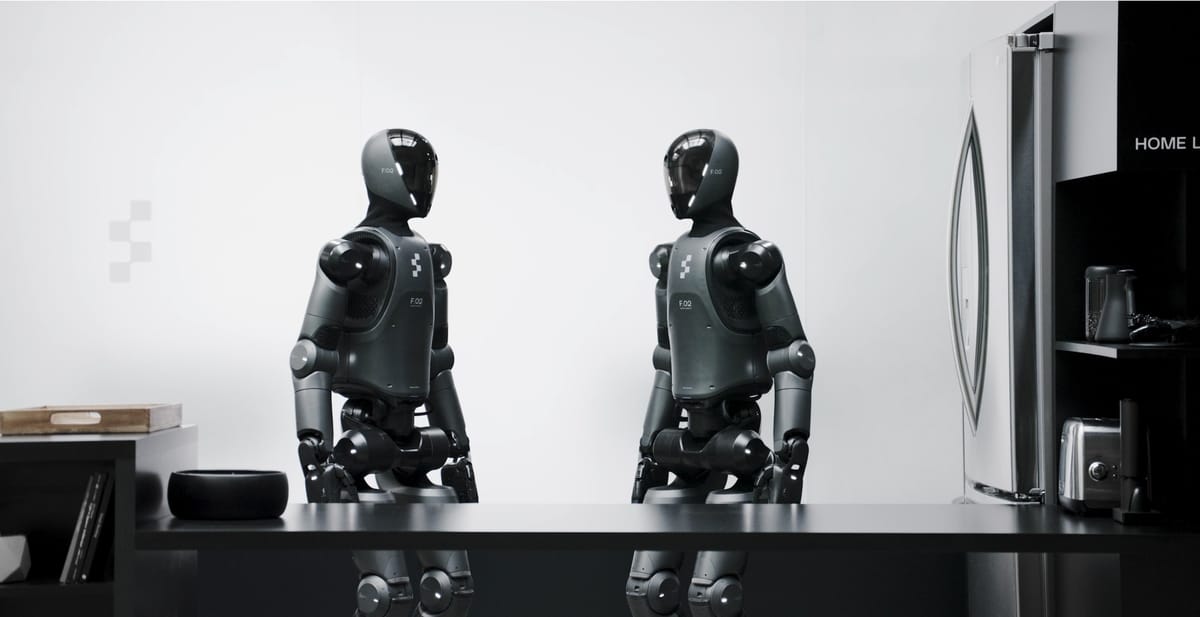
Figure, a Silicon Valley-based robotics startup, has introduced Helix, a proprietary AI model designed to make humanoid robots more practical for everyday use. The Vision-Language-Action (VLA) model enables robots to perceive their surroundings, understand commands in natural language, and manipulate objects—even those they’ve never encountered before.
Key Points:
- Unlike traditional robotic models, Helix enables robots to manipulate objects they’ve never seen before, without needing task-specific training.
- The AI can control multiple robots at once, allowing them to work together on complex tasks.
- Figure says Helix runs entirely on embedded GPUs, making it commercially viable for real-world applications.
In a demo video, Figure showcased Helix’s capabilities by having two humanoid robots collaborate on putting away groceries. With a single voice command, the robots identified and sorted food items, placed them in the fridge and cabinets, and even closed drawers—all without additional human intervention. This level of autonomous decision-making and multi-robot coordination marks a leap forward in robotic intelligence.
Helix’s biggest advantage is its ability to generalize. Unlike traditional robotic models that require extensive training for every new object or task, Helix allows Figure’s robots to pick up novel items and adapt their movements in real time. This is made possible through a unified neural network that processes vision, language, and action together, eliminating the need for separate fine-tuned models for each function.
The technology also sets a precedent for multi-robot collaboration. Helix can control multiple humanoid robots simultaneously, enabling them to complete tasks together without explicit programming for coordination. In the grocery demo, the robots exhibited an uncanny ability to anticipate each other’s movements—passing items back and forth without verbal communication, almost as if they were “reading” each other’s intentions.
This announcement comes on the heels of Figure’s decision to walk away from an AI partnership with OpenAI earlier this month. Founder Brett Adcock hinted at a breakthrough in developing an end-to-end AI model for humanoid robotics, and Helix appears to be the result of that effort. The company has also been in discussions to raise $1.5 billion, with investors reportedly impressed by its accelerated timeline for bringing robots into home environments.
The long-term vision is clear: Figure wants humanoid robots to be an everyday presence, assisting in household tasks just like a human would. But challenges remain. While Helix represents a technical milestone, widespread adoption will depend on factors like cost, safety, and reliability in real-world settings. For now, the company is focused on refining the model and proving its commercial viability—one small task at a time.

